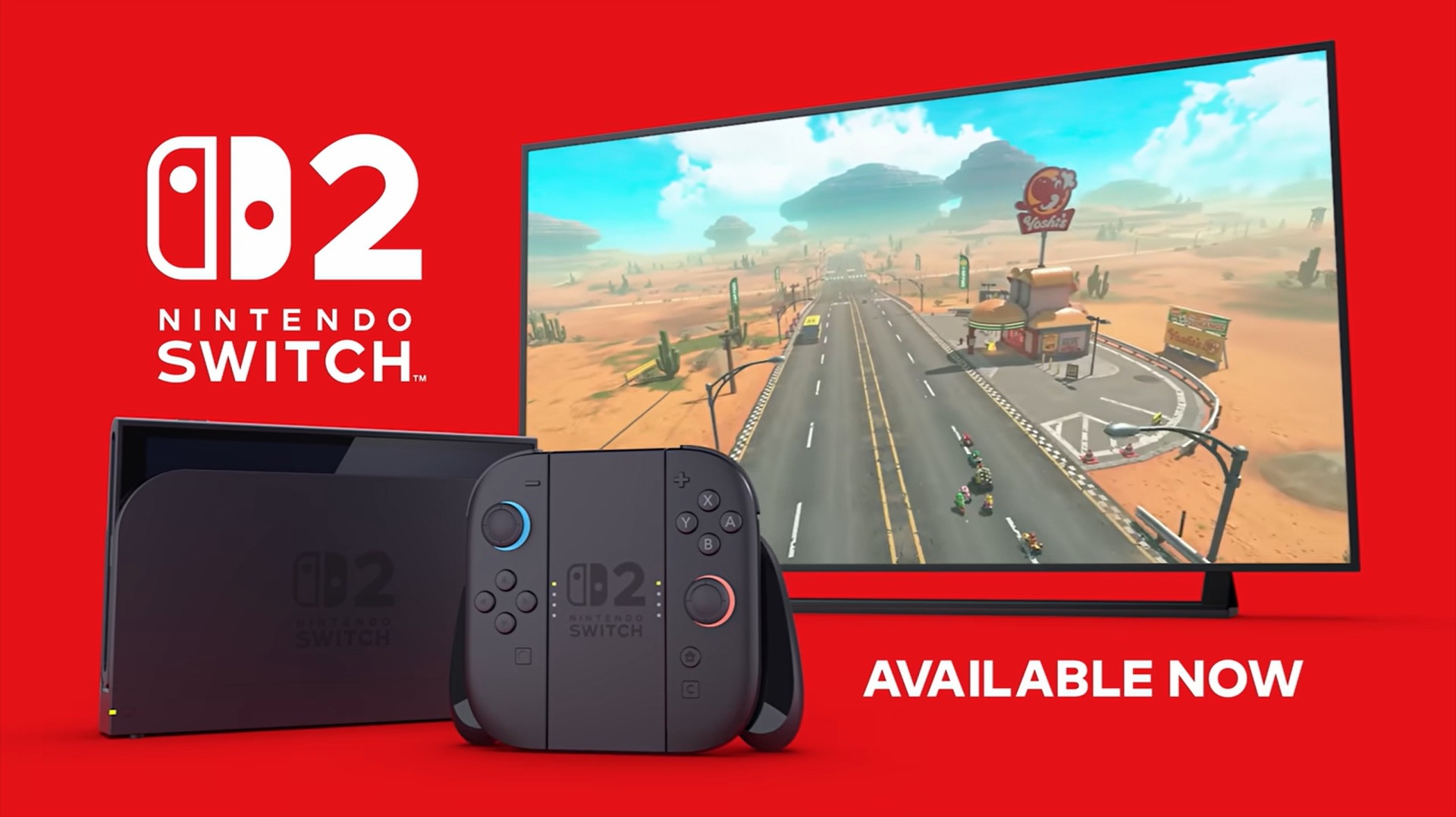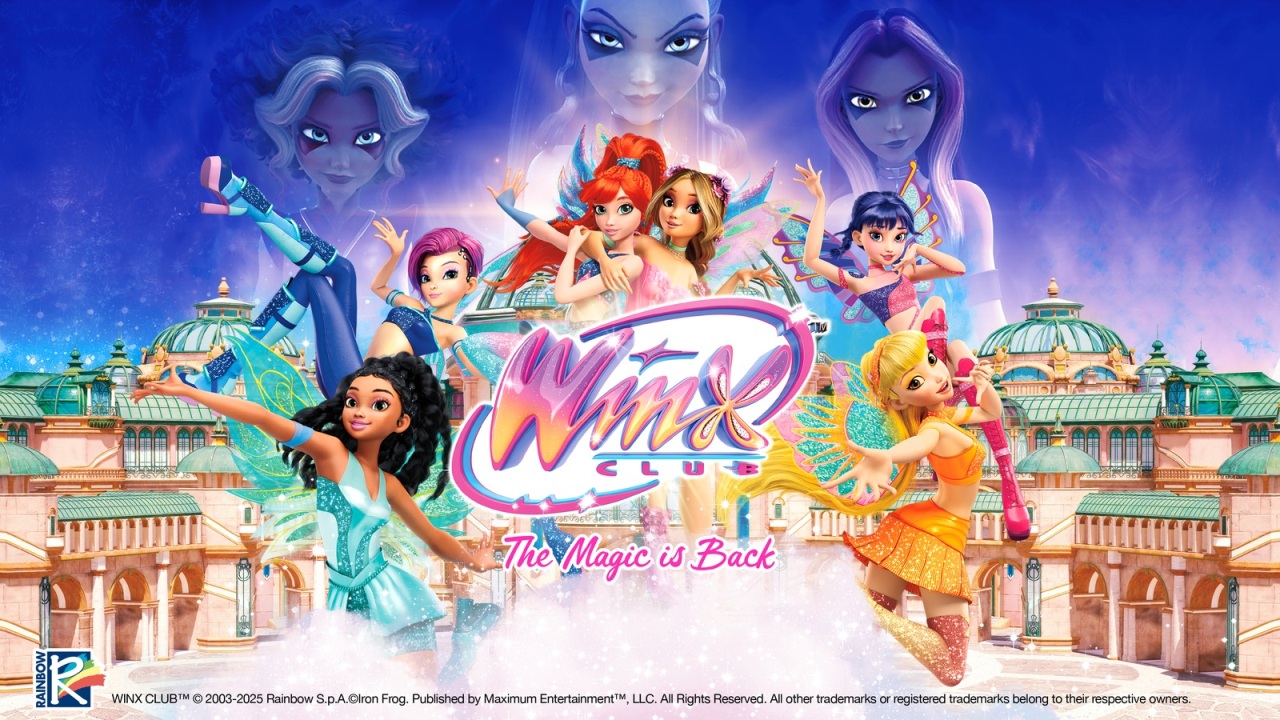Nintendo Switch 2 Dock's VRR Capability Surprises Gamers and Developers Alike
The Nintendo Switch 2, the highly anticipated successor to Nintendo’s flagship hybrid console, made headlines this week after a unique feature of its hardware was uncovered: the official Nintendo Switch 2 dock supports Variable Refresh Rate (VRR) when connected to other gaming devices, despite the Switch 2 console itself lacking VRR support while docked.
This revelation surfaced through a series of verified hardware tests and spotlights a curious disparity between Nintendo’s hardware capabilities and current firmware utilization. The discovery was first reported by The Verge, whose team, along with hardware enthusiasts, connected a Steam Deck—a popular Windows and Linux-based handheld gaming PC—to the Nintendo Switch 2 dock using a female-to-male USB-C extension cable.
The results were striking: not only did the dock allow for 4K output, but it also enabled VRR functionality up to 120Hz, a feature confirmed not just by the operating system’s flags but rigorously tested through specialized tools to verify actual real-time performance. This unexpected performance extends beyond the Steam Deck.
Additional testing revealed that competitors like the Lenovo Legion Go S (running SteamOS) and the Asus ROG Ally X (using the Linux-based Bazzite operating system) also achieved 4K output at 120Hz with both HDR and VRR fully enabled when docked with the Nintendo Switch 2’s official unit.
In developer circles, this finding highlights Nintendo’s technical strides in dock design, even as the expectation remains unfulfilled for native VRR support with the Switch 2 console itself during docked gameplay. Nintendo initially indicated via official communications that VRR would be supported while docked; however, company representatives later clarified that this statement was issued in error.
Currently, while VRR is supported in handheld mode for the Nintendo Switch 2, it remains absent when the console is placed in its dock—presenting a puzzling situation for both fans and hardware analysts. Moreover, recent news confirms that Nintendo Switch 2’s dock has posed compatibility challenges for third-party docks, raising additional questions for accessory makers and consumers seeking expanded hardware options.
As the gaming community continues to explore the new possibilities opened by the Nintendo Switch 2 platform, the interplay between hardware capabilities and software activation remains a critical focus for both users and developers looking to maximize their Nintendo Switch 2 experience. With Nintendo remaining tight-lipped about future updates or patches that might unlock VRR support for the Switch 2 in docked mode, industry observers and Nintendo Switch 2 users are watching closely to see if firmware revisions will close this feature gap.
For now, the Nintendo Switch 2 dock demonstrates leading-edge features that ironically benefit competing devices, underscoring both the innovation and the mysteries still surrounding Nintendo’s latest hardware release.
This revelation surfaced through a series of verified hardware tests and spotlights a curious disparity between Nintendo’s hardware capabilities and current firmware utilization. The discovery was first reported by The Verge, whose team, along with hardware enthusiasts, connected a Steam Deck—a popular Windows and Linux-based handheld gaming PC—to the Nintendo Switch 2 dock using a female-to-male USB-C extension cable.
The results were striking: not only did the dock allow for 4K output, but it also enabled VRR functionality up to 120Hz, a feature confirmed not just by the operating system’s flags but rigorously tested through specialized tools to verify actual real-time performance. This unexpected performance extends beyond the Steam Deck.
Additional testing revealed that competitors like the Lenovo Legion Go S (running SteamOS) and the Asus ROG Ally X (using the Linux-based Bazzite operating system) also achieved 4K output at 120Hz with both HDR and VRR fully enabled when docked with the Nintendo Switch 2’s official unit.
In developer circles, this finding highlights Nintendo’s technical strides in dock design, even as the expectation remains unfulfilled for native VRR support with the Switch 2 console itself during docked gameplay. Nintendo initially indicated via official communications that VRR would be supported while docked; however, company representatives later clarified that this statement was issued in error.
Currently, while VRR is supported in handheld mode for the Nintendo Switch 2, it remains absent when the console is placed in its dock—presenting a puzzling situation for both fans and hardware analysts. Moreover, recent news confirms that Nintendo Switch 2’s dock has posed compatibility challenges for third-party docks, raising additional questions for accessory makers and consumers seeking expanded hardware options.
As the gaming community continues to explore the new possibilities opened by the Nintendo Switch 2 platform, the interplay between hardware capabilities and software activation remains a critical focus for both users and developers looking to maximize their Nintendo Switch 2 experience. With Nintendo remaining tight-lipped about future updates or patches that might unlock VRR support for the Switch 2 in docked mode, industry observers and Nintendo Switch 2 users are watching closely to see if firmware revisions will close this feature gap.
For now, the Nintendo Switch 2 dock demonstrates leading-edge features that ironically benefit competing devices, underscoring both the innovation and the mysteries still surrounding Nintendo’s latest hardware release.



